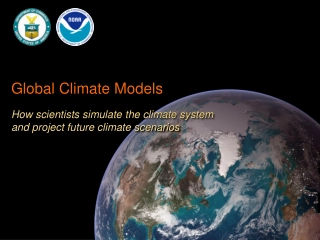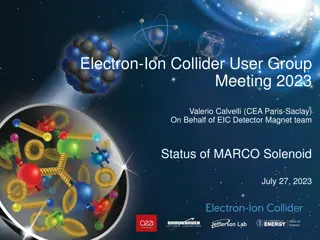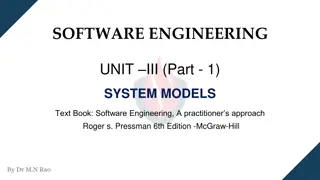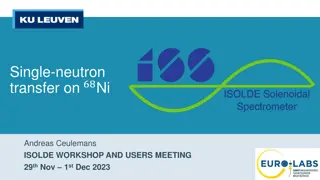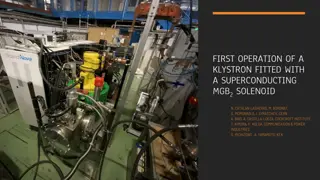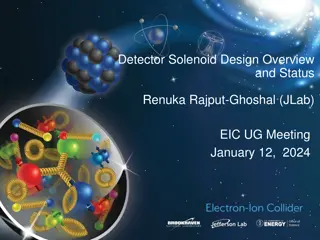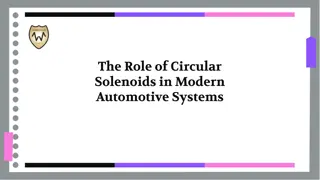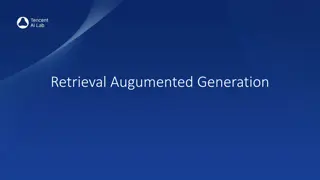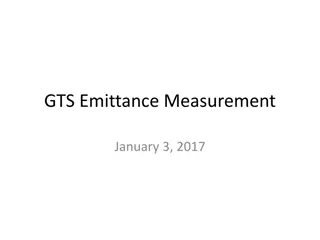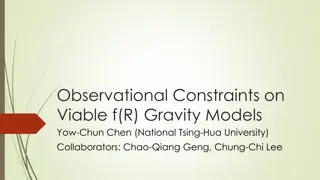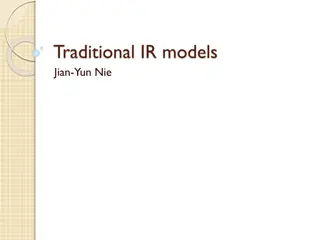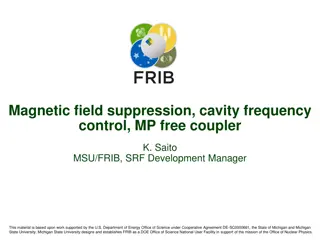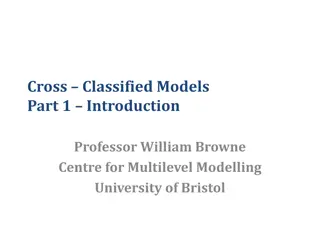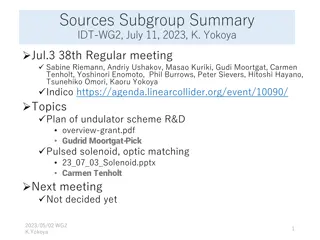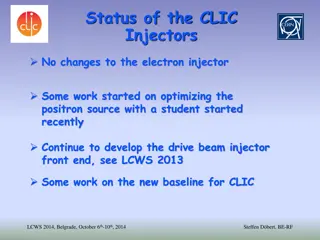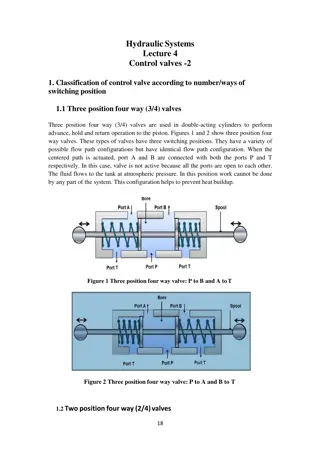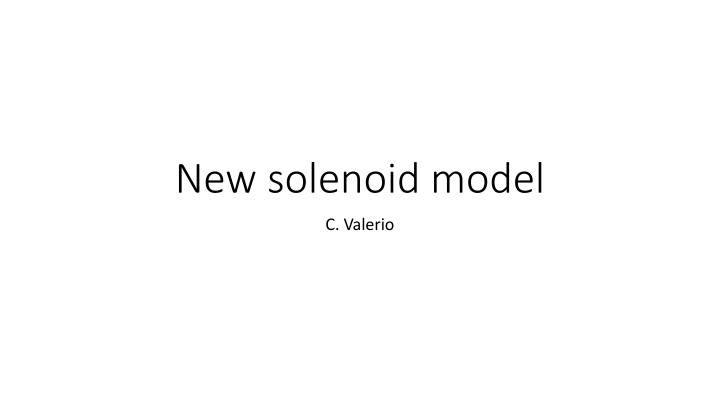
New Solenoid Model C by Valerio - Field Approach and Efficiency Volume Acceptance
Explore the innovative New Solenoid Model C by Valerio and its application in the field approach based on QWT. The improvement in shape for capturing efficiency and volume acceptance is highlighted with the use of solenoids. Discover the next steps involving a genetic algorithm for enhancing capture efficiency using three solenoids.
Download Presentation

Please find below an Image/Link to download the presentation.
The content on the website is provided AS IS for your information and personal use only. It may not be sold, licensed, or shared on other websites without obtaining consent from the author. If you encounter any issues during the download, it is possible that the publisher has removed the file from their server.
You are allowed to download the files provided on this website for personal or commercial use, subject to the condition that they are used lawfully. All files are the property of their respective owners.
The content on the website is provided AS IS for your information and personal use only. It may not be sold, licensed, or shared on other websites without obtaining consent from the author.
E N D
Presentation Transcript
New solenoid model C. Valerio
New Field approach based on the QWT GPT include a solenoid model Two Solenoids are used to model the field Also, to improve the model the shape has been improved based On [1] Sol1 L= 0.1 m Sol2 L= 0.6 m For both the solenoid radius is set to 0.1 m B1/B2=20 [1]ILC Undulator-Based Positron Source with Quarter Wave Transformer at 250 GeV CM Energy Andriy Ushakov
GPT include a solenoid model Two Solenoids are used to model the previously used QWT Also, to improve the model the shape has been improved based On [1] Sol1 L= 0.1 m Sol2 L= 0.6 m For both the solenoid radius is set to 0.1 m B1/B2=20
Capture of efficiency volume acceptance Magnet strength scan from 0 to 8 Tesla Input beam Beam longitudinal uniform energy spread from 5 to 120 MeV The transversal energy spread is 20 MeV 2 cm aperture beam line The capture efficiency by energy depends on the magnet strength Energy histogram at the end of the line Z vs X (m)
Ratio between B1 and B2 effect B1/B2=20 B1/B2=10 Pz (MeV ) Pz (MeV )
Set of combinations We change The aperture, length and field magnitude of the second solenoid
Next steps Use the genetic algorithm to select one energy range and improve the capture efficiency in that region. 3 solenoids will be used to have more freedom in the shape of the field.

